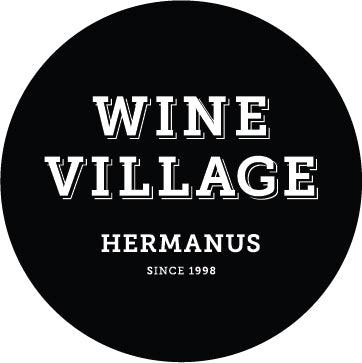Many of us will remember those half-bottles at the back of the cabinet that only come out in winter. Port wine is one of them. There has always been this idea that these bottles are ageless, and can keep forever, but it turns out that is only true if they are unopened and stored well (and if by “forever” you mean about 100 years… which is long enough!).
So, although fortified (brandy is added) and they are more durable than regular wine, port-style wines (and muscadels, sherries, etc.) are also subject to oxidation and they lose their freshness once opened. About a week is the maximum, after opening. So if your mind is wandering to your collection in that cupboard, now may be the time to get a fresh bottle or two.
Of course, we now call it “port-style” and not “port” since the name is protected as a Portuguese national treasure, named after the city of Porto. The practise of fortifying wine arose from the need to keep the wines stable for journeys over the ocean, mainly to England which was the key in growing the port industry out of Portugal from the 18th century onwards.
From here, a few different types of port-style wine evolved. The main two “families” are tawny ports and ruby ports. Ruby port, as the name suggests, is redder and has more rich berry, cherry and chocolate flavours (and slightly less sweetness) than the tawny-coloured ports with more caramel and nut flavours (and more sweetness).
In the ruby branch of the family, you get a few types. The youngest and most fruity is known just as “Ruby” and are meant to be consumed early, like tonight. Tomorrow night is also fine. These can be blended from multiple vintages and contain some barrel-aged wine, but the style shows red fruit. Then you get Cape Vintage, which is from one vintage that has at least one year of ageing.
Late Bottled Vintage, which has been in barrel for at least two years and therefore has more structure shows a blend of fruit and richer flavours. After this, you get the Cape Reserve port-style wines from a single vintage – these are also from selected parcels and barrels and are typically only released a good few years after this harvest date. These are the ones that can age for decades.
Tawnies typically start with two years in barrel and are 80% barrel matured wines. You do get the occasional vintage-specific tawny too. Other styles you find are “white” and “pink”
Cape Port – these are lighter in style and perfect for pre-dinner, also mixed with soda or even tonic water, in the example of the white Cape port.
Finally, in case you did not know, English etiquette dictates that when a bottle of Port is passed around the table, you shouldn’t serve yourself, but the person sitting to your right. Then, you will have to pass the bottle to the person at your left who will fill up your glass. I think the key takeout here is that it’s ideal to have at least a few friends to work through a bottle!

